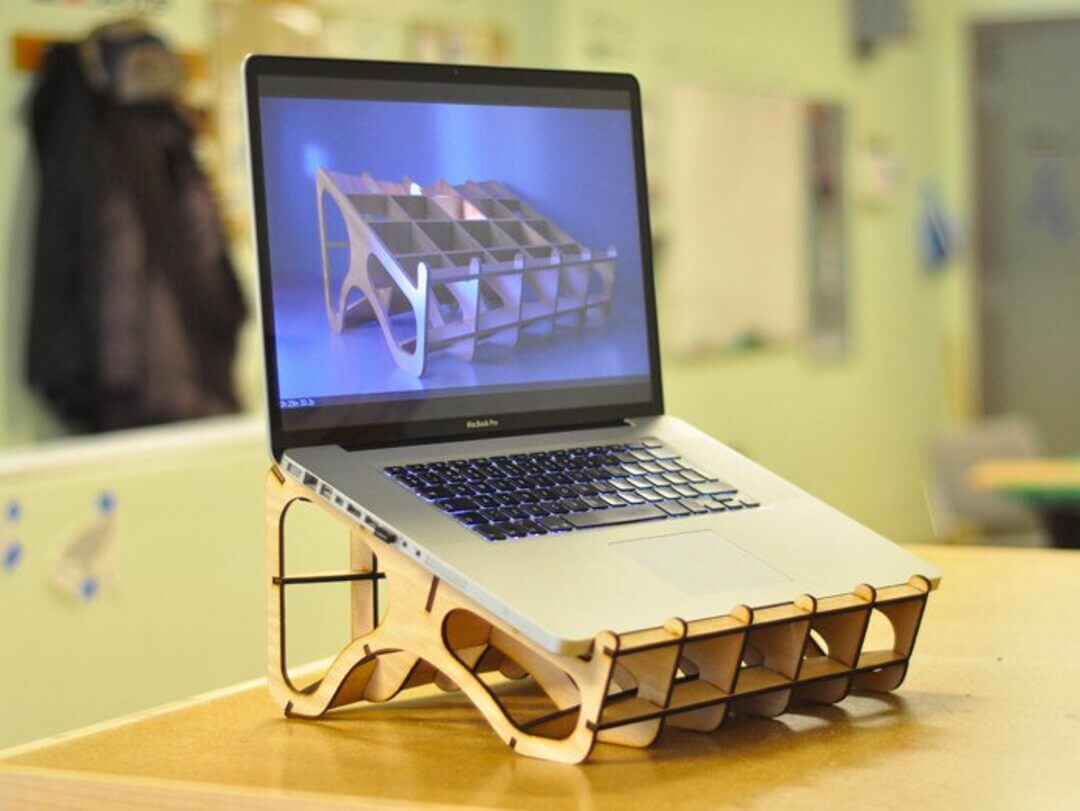Introduction
For accurate cutting and designing, powerful computer technology and laser technology are combined in CNC laser cutters, also known as computer numerical control laser cutters. These devices use a focused laser beam to make clean, precise cuts in materials by melting, vaporizing, or burning them. A computer-controlled system that follows guidelines from a design file or software program directs the laser beam.
How CNC laser cutters are operated
CNC laser cutters work by coordinating a number of different actions and controls. The method often involves a number of following steps:
Material Preparation: The work piece is chosen and placed correctly on the cutting bed to ensure that it is held in place firmly.
Design File Preparation: A computer program suitable with the CNC laser cutter is used to build or import the wanted design or pattern.
Machine Setup: Depending on the material being processed, the CNC laser cutter is set up with the proper parameters, such as laser power, speed, and focus.
Cutting or Engraving Process: The CNC laser cutter operates the laser beam in accordance with the design file’s instructions. High-precision laser cutting or carving of the material is accomplished using a pre-programmed path and settings.
Post-Processing: Depending on the specific application, the work piece may need to be cleaned, polished, or subjected to other finishing operations after the cutting or engraving has been completed.
Applications of CNC laser cutter
Due of their adaptability, CNC laser cutters are used in many industries. Examples of typical applications include:
Manufacturing: The metal manufacture, automotive, and electronics industries all employ CNC laser cutters extensively in their manufacturing processes. They make it possible to precisely cut complex patterns, holes, and forms into a variety of materials, such as metals, polymers, and composites.
Prototyping: CNC laser cutters are essential for product development and prototyping. They make it possible to quickly and precisely create prototypes out of various materials, supporting designers and engineers in validating designs previous to mass manufacturing.
Arts & crafts: On materials including wood, acrylic, leather, and cloth, artists and craftspeople use CNC laser cutters to make detailed designs, patterns, and one-of-a-kind artworks. These tools make accurate cutting, engraving, and etching possible, providing uncountable creative options.
Signage and advertising: Custom signage, displays, and advertising materials are made using CNC laser cutters. They are able to cut and engrave materials like metal, wood, and acrylic to create outstanding signage with complicated lettering and designs.
Architecture and model making: To create delicate parts, miniature prototypes, and detailed architectural models, architectural firms use CNC laser cutters. These tools ensure accuracy and efficiency in the production of fine details and intricate structures.
Benefits CNC laser cutter
High Precision: Due to the extraordinary precision and accuracy offered by laser cutters, complicated designs and close tolerances are possible.
Versatility: Wood, acrylic, plastic, fabric, leather, and some metals are just a few of the materials that CNC laser cutters can work with.
Efficiency and Speed: Laser cutting is more creative than many old-fashioned cutting techniques because it is quicker.
Minimal Material Waste: The limited laser beam optimizes the use of the materials and reduces the costs. Laser cutting is a non-contact procedure, which reduces the possibility of material damage and distortion.
Automation and repetition: CNC laser cutters are excellent for repetitive operations and mass production because they can repeat designs with consistent accuracy.
Safety precautions
Despite the fact that CNC laser cutters have several advantages, the following should be taken into account:
Limitations on Materials: For safety reasons, laser cutting is not recommended for some materials, such as PVC and shiny metals.
Ventilation and Extraction: To remove the fumes, smoke, and particles produced during laser cutting, suitable ventilation and exhaust systems are required.
Protective equipment: Operators must wear the proper personal protective equipment (PPE), such as safety goggles and gloves, to safeguard their eyes and skin.
Fire Safety: Laser cutting produces heat, which requires additional fire safety measures for flammable materials to avoid mishaps.
Operator Training: To ensure the safe and effective usage of CNC laser cutters, suitable training and awareness of the machine’s operation and safety procedures are required.
Conclusion
Due to its matchless precision and versatility, CNC laser cutters have completely changed the scenery of industry, design, and the arts. These machines continue to give the boundaries of what is possible, whether it is for practical industrial uses or intricate creative creations. CNC laser cutters will probably become more widely available here as technology develops, encouraging additional invention and creativity in a variety of industries. Users may fully utilize the capabilities of CNC laser cutters and open up a world of possibilities by being aware of their functionalities, applications, and safety considerations.










